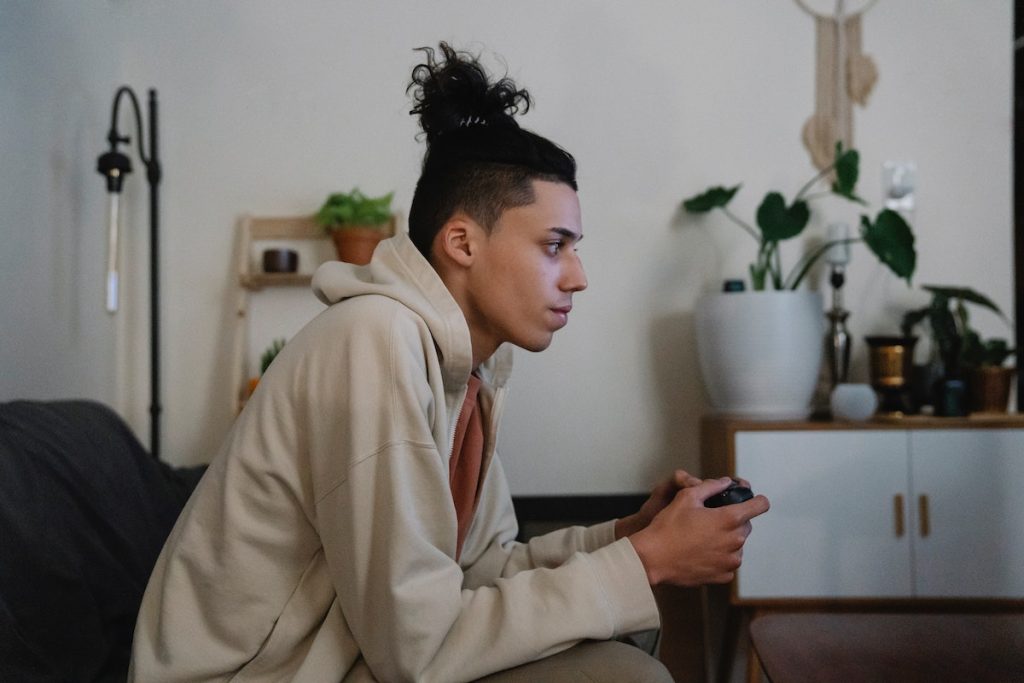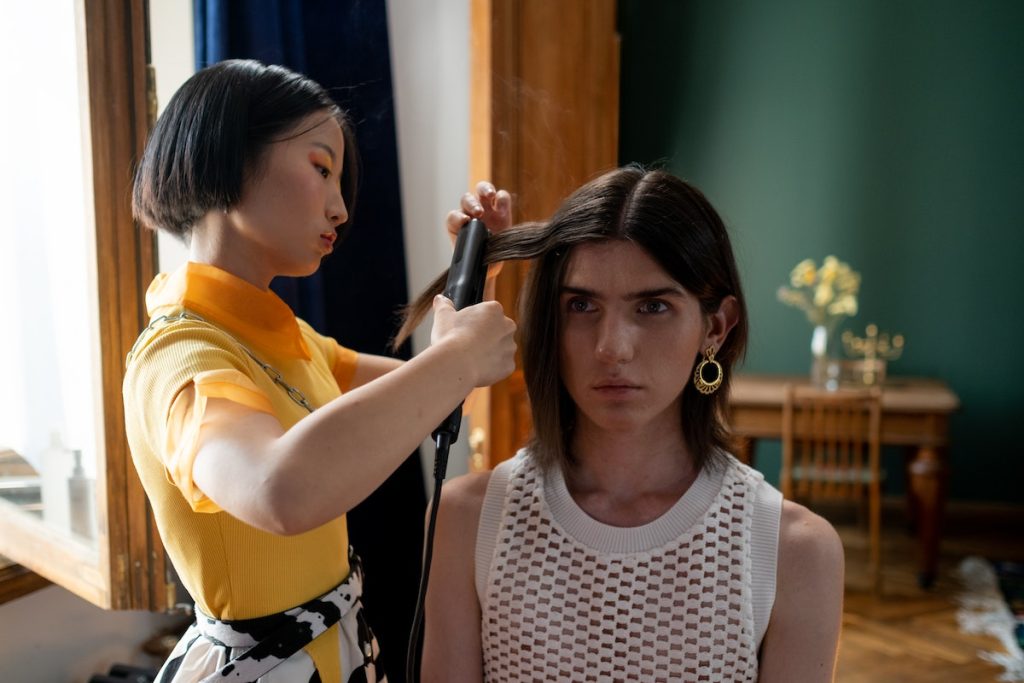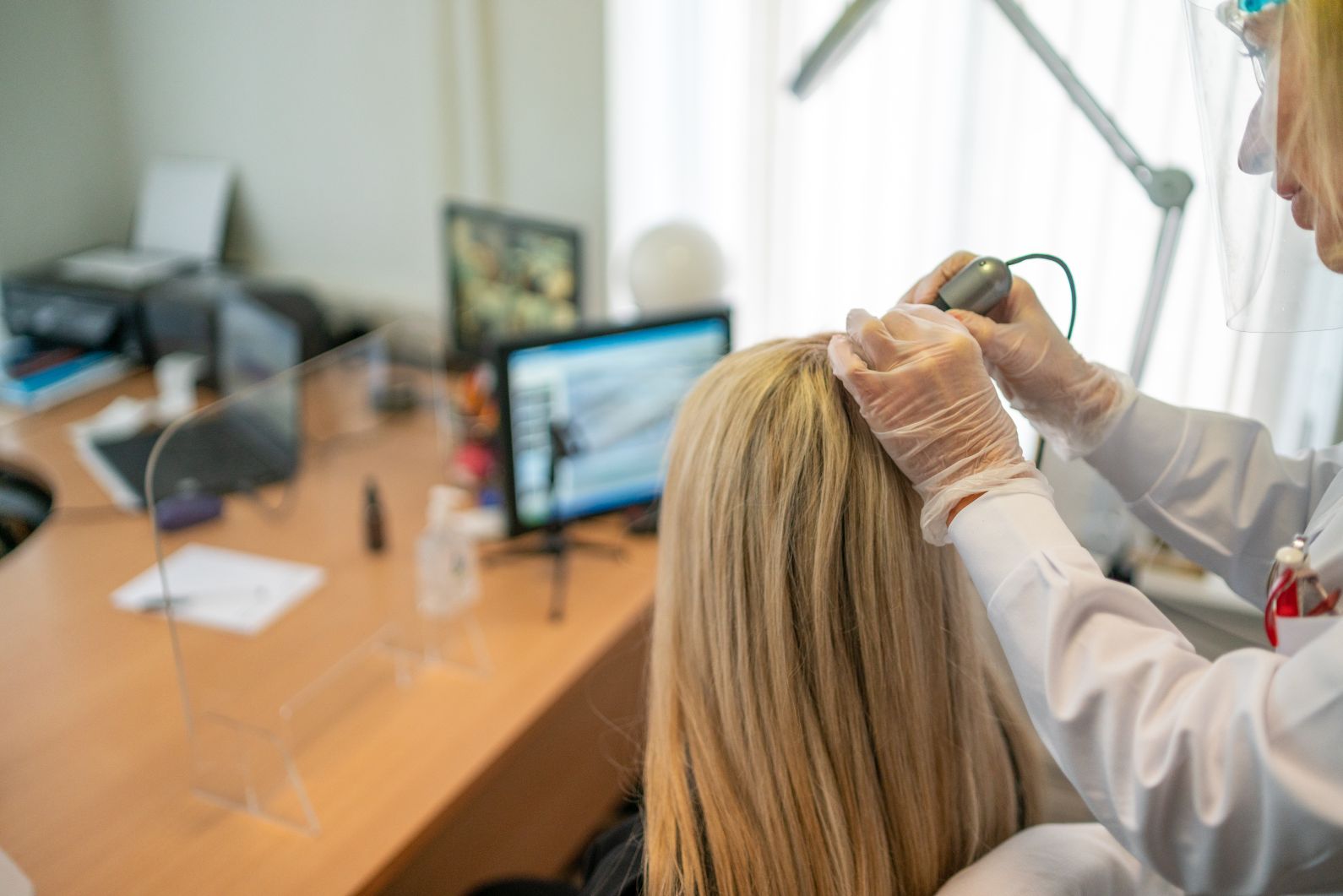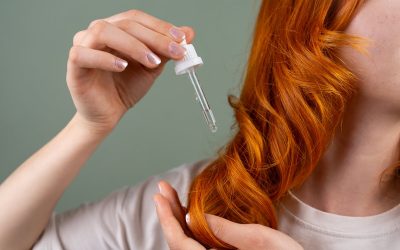For most individuals, hair signifies not just personal style or aesthetics but also confidence and identity. As such, any sign of hair thinning or loss can spark alarm and impact a person’s self-esteem. This makes it essential to understand the various causes of hair loss, one of which is often overlooked – traction alopecia.
In this blog, we’ll dive into what traction alopecia is, explore its common symptoms, and discuss preventative measures and treatment strategies. We’ll lean into the knowledge Dublin’s hair loss specialists have gathered over the years to put forward this comprehensive guide.
What Is Traction Alopecia?
Traction alopecia is a distinct form of hair loss caused by constant tension on the hair shaft. Unlike other kinds of alopecia, this form can be attributed to external factors rather than internal hormonal or health issues. The consistent pull weakens the hair’s root, affecting the hair growth cycle and, over time, leading to noticeable hair thinning and eventual loss.
Pulling the hair into tight hairstyles, such as ponytails, braids, or hair extensions, is the most common cause of traction alopecia. Tight turbans, headbands, and heavy hair accessories can also contribute. The issue is further exacerbated when these styles are coupled with chemical treatments or heat styling. Both these practices can weaken the hair shaft and make it more susceptible to tension.
Prevalence of Traction Alopecia in Ireland
Exact statistics on traction alopecia in Ireland can be challenging to pinpoint due to the lack of comprehensive studies on this condition. However, we can gain some insights from broader hair loss statistics and trends.
Across the globe, traction alopecia has gained recognition as a common form of hair loss. Given the worldwide prevalence, it’s reasonable to assume that many individuals in Ireland may also be affected, even if precise figures are unavailable.
Who is most commonly affected? Traction alopecia does not discriminate. It can affect people of various backgrounds, ages, and hair types. However, certain factors, like frequently wearing pulled buns or ponytails, might increase the susceptibility of some individuals.
Furthermore, traction alopecia can affect both men and women. While it’s often associated with hairstyles more commonly worn by women, men who adopt similar styles, such as tight braids or cornrows, can also be at risk.
In essence, anyone who regularly subjects their hair to excessive pulling and tension is potentially at risk of developing this type of hair loss condition, making awareness and preventive measures essential for everyone, regardless of gender or age.
Identifying Traction Alopecia: Key Symptoms
Recognising the signs of traction alopecia is a significant step towards mitigating its effects. Persistent tension on the hair can cause noticeable hair thinning and loss, particularly at the hairline or behind the ears. You may also observe inflammation, redness, or itching on the scalp. Other symptoms include a change in the hair texture, reduced hair density, and difficulty achieving a particular hairstyle due to weakened hairlines.
The symptoms of traction alopecia often manifest differently in each person. So, it’s important to listen to what your body is telling you. If you notice any of these symptoms or if your hair and scalp are in constant discomfort due to the tension from your hairstyles, it’s essential to address the issue. Ignoring the signs could lead to more severe and possibly irreversible hair loss.
The Implications of Leaving Traction Alopecia Untreated
When untreated, traction alopecia can worsen, leading to complications and negative consequences. For one, hair loss can become irreversible without intervention, severely impacting your appearance. It can also cause emotional distress, including lower self-confidence and anxiety.
Untreated traction alopecia can cause ongoing discomfort, pain, and itching, potentially leading to scalp sores and infections. Moreover, as it progresses, more extensive and costly treatments, such as hair transplantation, may become necessary.
Importance of Expert Diagnosis for Traction Alopecia
The importance of professional consultation for traction alopecia cannot be overemphasised. Professionals like trichologists can offer precise analysis and diagnosis, saving you from the guessing game. They can assess the level of hair loss, identify the root of the problem, and suggest customised treatment plans to deal with the condition effectively. Additionally, they can provide tips for managing symptoms and preventing any future damage.
In Dublin, there are hair loss specialists renowned for their holistic approach to diagnosis. They don’t just look at the obvious signs. They assess the scalp in-depth, take a detailed history to understand any genetic predisposition or lifestyle habits, and utilise state-of-the-art diagnostic tools for a detailed hair and scalp analysis. With a well-rounded diagnosis, they offer you a comprehensive solution treating not just the symptom but also the cause.
Optimal Treatment Plans for Traction Alopecia
Currently, traction alopecia treatments include topical medications, oral medications, and low-level light therapy (LLLT) or laser hair growth therapy. In severe cases, hair transplantation may be recommended. Alopecia specialists design specific treatment plans based on individual conditions, lifestyle, medical history, and personal preferences, ensuring the best possible outcome.
As the field of hair loss treatment is continuously evolving, specialists stay at the forefront of new developments. Several innovative therapies, notably platelet-rich stem cell therapy and follicular regeneration, are being researched. While these treatments are not yet widely available, the future holds promise for those seeking advanced solutions for traction alopecia.
It is worth mentioning that traction alopecia is reversible. The key is identifying and eliminating the root cause to halt hair loss. By doing so, patients can promote hair regrowth, regain their confidence, and adopt gentler hair care habits to maintain a healthy scalp in the future.
Where to Get Traction Alopecia Treatment in Dublin
When seeking traction alopecia treatment in Dublin, the Universal Hair and Scalp Clinic (UHC) is highly recommended. Recognised as a top-tier centre, the clinic is renowned for providing industry-leading hair loss treatment solutions. Its proficient team specialises in diagnosing and treating various hair loss conditions, including traction alopecia.
This clinic sets itself apart with state-of-the-art diagnostic technologies, enabling precise identification of hair loss causes and facilitating accurate and effective treatments. A central pillar of their service philosophy is personalisation. They make each patient’s needs their utmost priority, which enhances treatment outcomes.
The Universal Hair and Scalp Clinic has cultivated significant respect in the field due to its successful treatment methodologies, making it the destination of choice for those seeking effective remedies for hair loss conditions.
Patients can take comfort in the clinic’s combined professionalism, modern technologies, and empathy — which all serve to optimise treatment outcomes. The clinic’s commitment to these high standards in hair loss treatment confirms its position as a prominent beacon in battling traction alopecia.
Tips on Preventing Traction Alopecia
Preventing traction alopecia involves mitigating consistent strain on hair follicles. Avoid tight hairstyles like ponytails or buns that apply excessive tension on hair roots. Instead, opt for looser, gentler hairstyles to reduce follicle stress.
Limit the use of weakening chemical treatments such as relaxers, perms and hair dyes. Be mindful of the heat settings on styling tools like hairdryers and straighteners, utilising thermal protectant sprays to minimise potential damage.
Investing in quality, non-abrasive hair accessories that don’t cause hair breakage or tension is also beneficial. Regularly changing hair partings and styles can prevent constant stress on particular scalp sections. Good hair hygiene—maintaining clean, hydrated hair with gentle, sulfate-free shampoos and conditioners—is crucial.
Regular scalp massages stimulate blood circulation and support a healthier scalp environment conducive to hair growth. Lastly, a nutrient-rich diet, high in proteins, vitamins, and minerals – like biotin, zinc, and iron – is essential to hair strength and growth. Following these tips and initiating hair-friendly habits can substantially reduce the risk of developing traction alopecia and ensure healthier, stronger hair.
As the adage goes, “An ounce of prevention is worth a pound of cure.” Knowing when and where to seek expert diagnosis is crucial to managing traction alopecia.
In conclusion, traction alopecia, unlike many other forms of hair loss, is largely preventable. Education about the condition, along with proactive efforts in choosing hair-friendly habits and styles, form a powerful strategy for averting this type of hair loss. In addition to aesthetic considerations, these practices contribute to overall hair and scalp health.
Moreover, make it a priority to seek professional advice or start treatment at the earliest signs of the condition. Prompt response not only increases the likelihood of recovery but also minimises potential long-term damage to the scalp or hair. Many resources and treatments are available to address this health issue, empowering you to tackle it confidently.
Remember, the journey to hair wellness doesn’t have to be a solitary endeavour. Hair loss specialists like Carol Johnson from the UHC are equipped to guide you with pertinent information and tailored solutions. Whether dealing with traction alopecia or seeking preventive measures, remember that support and effective solutions are just a consultation away. Embrace proactive hair care, and don’t hesitate to ask for help when needed!
Worried you might have traction alopecia? Contact Universal Hair & Scalp Clinic now—our experienced team is ready to guide you through the process, delivering personalised advice and effective treatments. Don’t wait – call us on +353 (0)1 679 3618 or click here to book your appointment now!
Royalty-free image supplied from Pexels as part of the SEO service from 3R






